How Cherry Blossoms Found Their Home in Washington, D.C.
In the heart of Washington, D.C., lies a symbol of enduring beauty and cultural exchange – the cherry blossoms. Every spring, these delicate pink and white flowers burst into bloom, adorning the capital’s landscape with their ethereal charm. Yet, the story of how these blossoms found their home in the nation’s capital intertwines history, diplomacy, and the enduring bonds between nations.
The tale begins over a century ago when Eliza Ruhamah Scidmore, an intrepid traveler and writer, returned from a trip to Japan enamored by the country’s cherry blossoms. She envisioned a similar spectacle gracing the banks of the Potomac River, adorning the landscape of the nation’s capital with the same breathtaking beauty she had witnessed in Japan. Inspired by this vision, Scidmore embarked on a tireless campaign to make her dream a reality.
However, Scidmore’s initial attempts to bring cherry blossoms to Washington, D.C., were met with resistance. Undeterred, she advocated for her cause, writing articles and letters to government officials, including First Lady Helen Taft. It was not until 1909, during a meeting with the First Lady, Scidmore found a receptive audience. Mrs. Taft, who had recently returned from a trip to Japan with her husband, President William Howard Taft, shared Scidmore’s enthusiasm for the cherry blossoms and pledged her support for the project.
Buoyed by the First Lady’s endorsement, Scidmore’s vision gained momentum. She formed the National Geographic Society’s Japan Society, which raised funds to purchase cherry trees and presented them to the city of Washington, D.C., as a gift from the people of Japan. However, the first attempt to plant the trees in 1910 ended in disappointment when they were found to be infested with pests and disease. Undeterred, a second shipment of trees was arranged, this time under the careful supervision of Japanese horticultural experts.
In 1912, over 3,000 cherry trees arrived in Washington, D.C., a gift from the mayor of Tokyo to the city of Washington. On March 27, 1912, First Lady Helen Taft and Viscountess Chinda, wife of the Japanese ambassador, planted the first two trees along the Tidal Basin, marking the beginning of a cherished tradition. The following day, a formal planting ceremony was held, attended by government officials, diplomats, and members of the public.
Since that historic moment, the cherry blossoms have become synonymous with springtime in Washington, D.C. Each year, the National Cherry Blossom Festival celebrates the enduring friendship between the United States and Japan, attracting millions of visitors worldwide. The blossoms’ fleeting beauty serves as a poignant reminder of the transience of life and the importance of cherishing each moment.
Over the decades, the cherry blossom trees have become more than just a scenic attraction; they symbolize the enduring friendship and cultural exchange between the United States and Japan. In 1965, Japan reciprocated the gesture by donating 3,800 additional cherry trees to Washington, D.C., further enriching the city’s landscape and deepening the bond between the two nations.
Today, the cherry blossoms continue to captivate visitors with their ephemeral beauty, reminding us of the enduring legacy of friendship and goodwill that brought them to Washington, D.C. Their annual bloom serves as a testament to the power of diplomacy, cooperation, and the enduring bonds between nations, transcending borders and bringing people together in celebration of nature’s beauty.
As we stroll beneath the canopy of pink and white blossoms, we are reminded of the vision and perseverance of individuals like Eliza Ruhamah Scidmore, whose passion and dedication helped to transform a dream into a living symbol of friendship and goodwill. In the midst of political turbulence and global challenges, the cherry blossoms stand as a beacon of hope and unity, reminding us of the shared values and aspirations that unite us all.
Embracing Tradition and Tranquility: The Significance of the Cherry Blossom Festival in Washington, D.C.
Cultural Exchange and Appreciation:
The Cherry Blossom Festival is a showcase of natural beauty and a platform for cultural exchange and appreciation. The festival offers visitors a glimpse into Japanese culture and heritage through a diverse array of events and activities, from traditional tea ceremonies and taiko drum performances to art exhibits and film screenings. It allows people of all backgrounds to come together, learn from one another, and celebrate the rich tapestry of human experience.
Community Engagement and Unity:
Beyond its diplomatic and cultural significance, the Cherry Blossom Festival fosters community engagement and unity within Washington, D.C., and the surrounding region. Thousands of volunteers, businesses, and organizations come together each year to plan and execute the festival’s myriad events, from the iconic parade to the waterfront fireworks display. This collective effort enhances civic pride and strengthens the sense of belonging and connectedness among residents and visitors alike.
Economic Impact and Tourism:
The Cherry Blossom Festival is a boon to the local economy, generating millions of dollars in business revenue and driving tourism to the nation’s capital. Hotels, restaurants, shops, and attractions experience a surge in visitors during the festival, providing a much-needed economic boost to the city and supporting jobs and livelihoods. The festival’s international appeal also attracts tourists worldwide, further bolstering Washington, D.C.’s reputation as a premier destination.
Environmental Awareness and Conservation:
In recent years, the Cherry Blossom Festival has increasingly focused on environmental awareness and conservation efforts. As climate change threatens to disrupt the delicate balance of nature, there is a growing recognition of the need to protect and preserve the cherry trees and their natural habitat. Initiatives such as tree planting events, educational programs, and sustainable practices aim to raise awareness about environmental issues and inspire action to safeguard the planet for future generations.
In conclusion, the Cherry Blossom Festival in Washington, D.C., holds a special place in the hearts of residents and visitors alike. It is more than just a fleeting spectacle of nature. It is a testament to the enduring power of friendship, culture, and community. As we gather each spring to admire the blossoms in all their splendor, let us remember the values they represent and strive to embody them in our lives, fostering understanding, unity, and stewardship of the world we share.
Subscribe to our mailing list and get interesting stuff and updates to your email inbox.

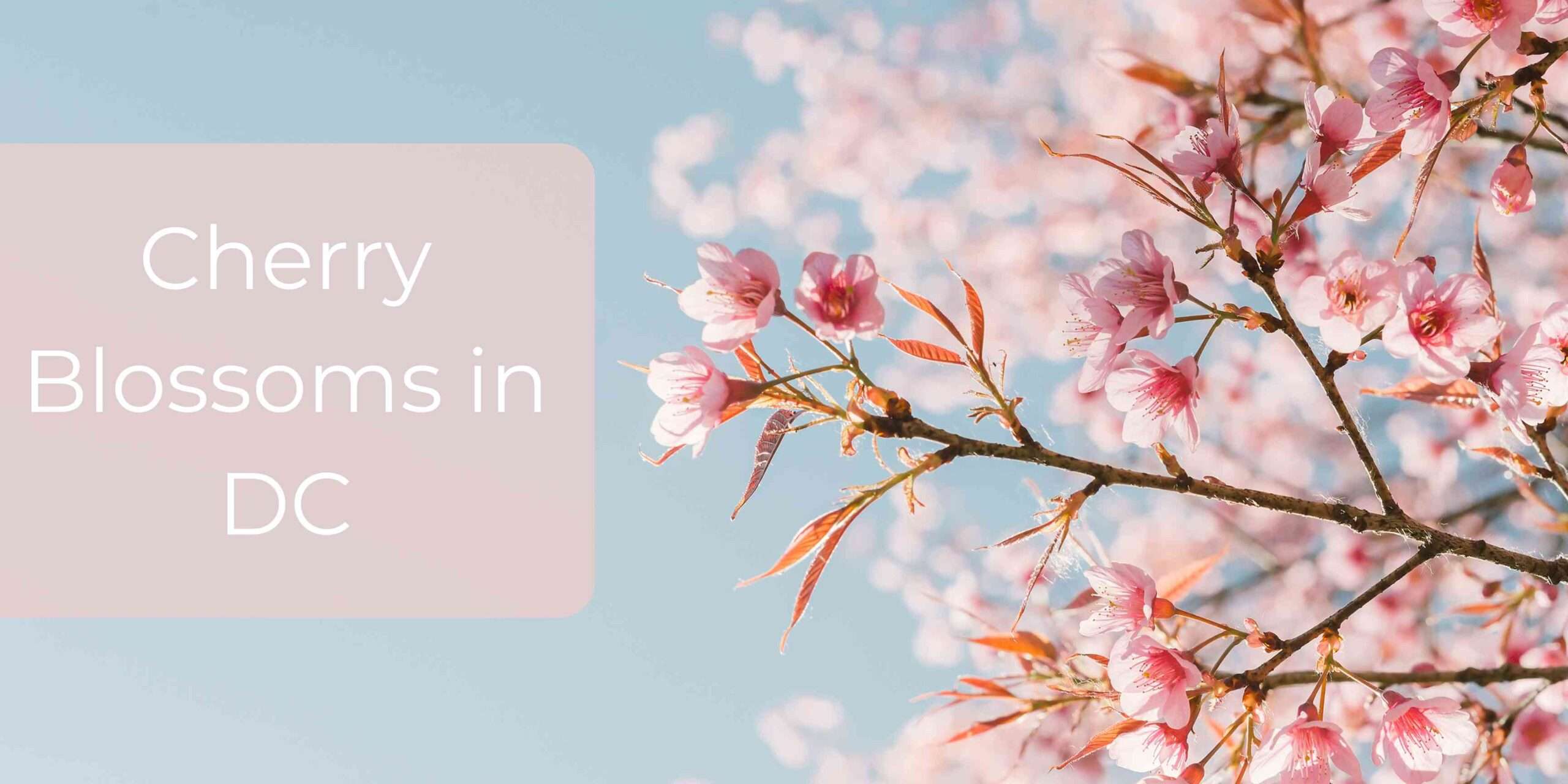
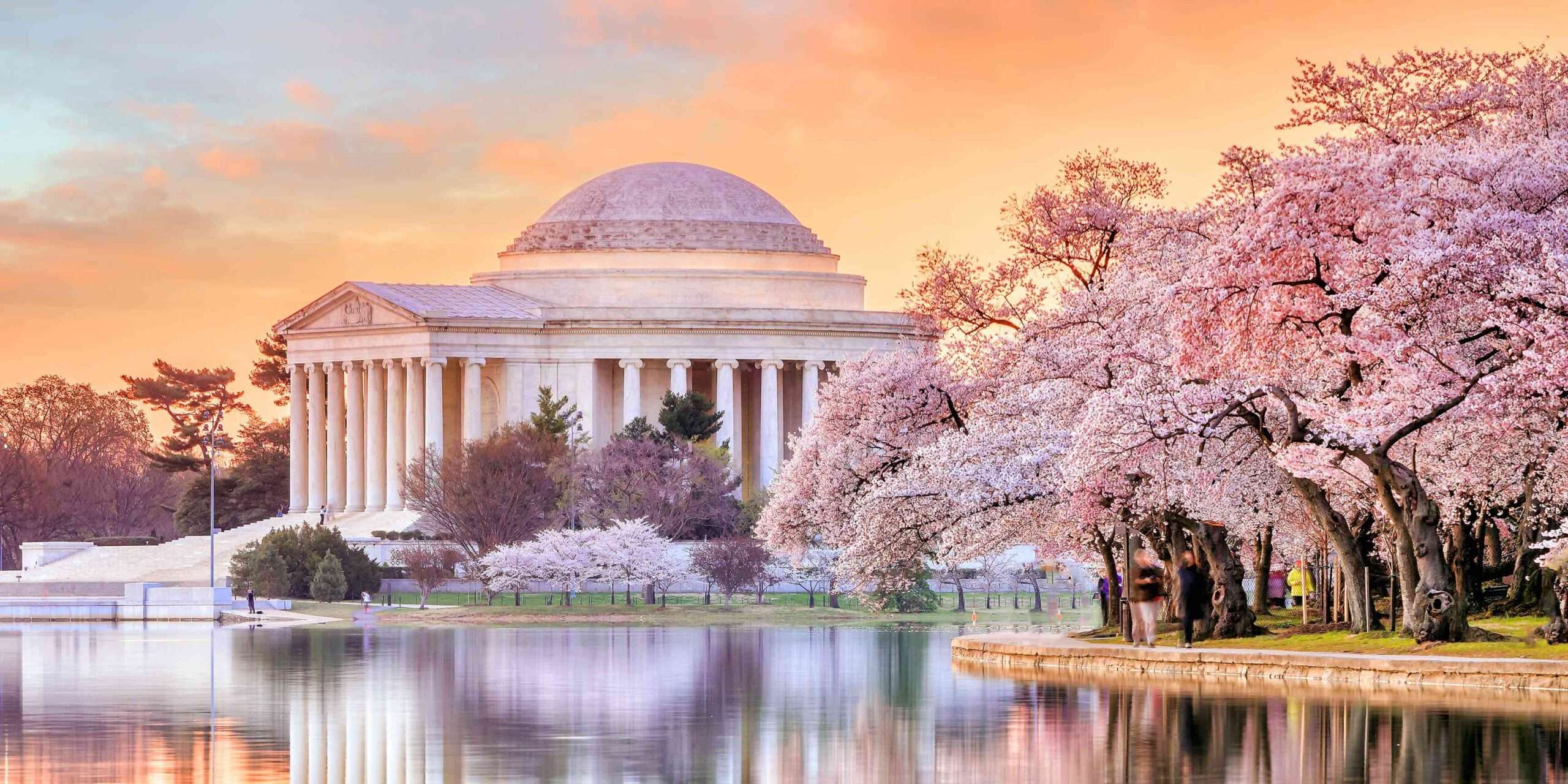
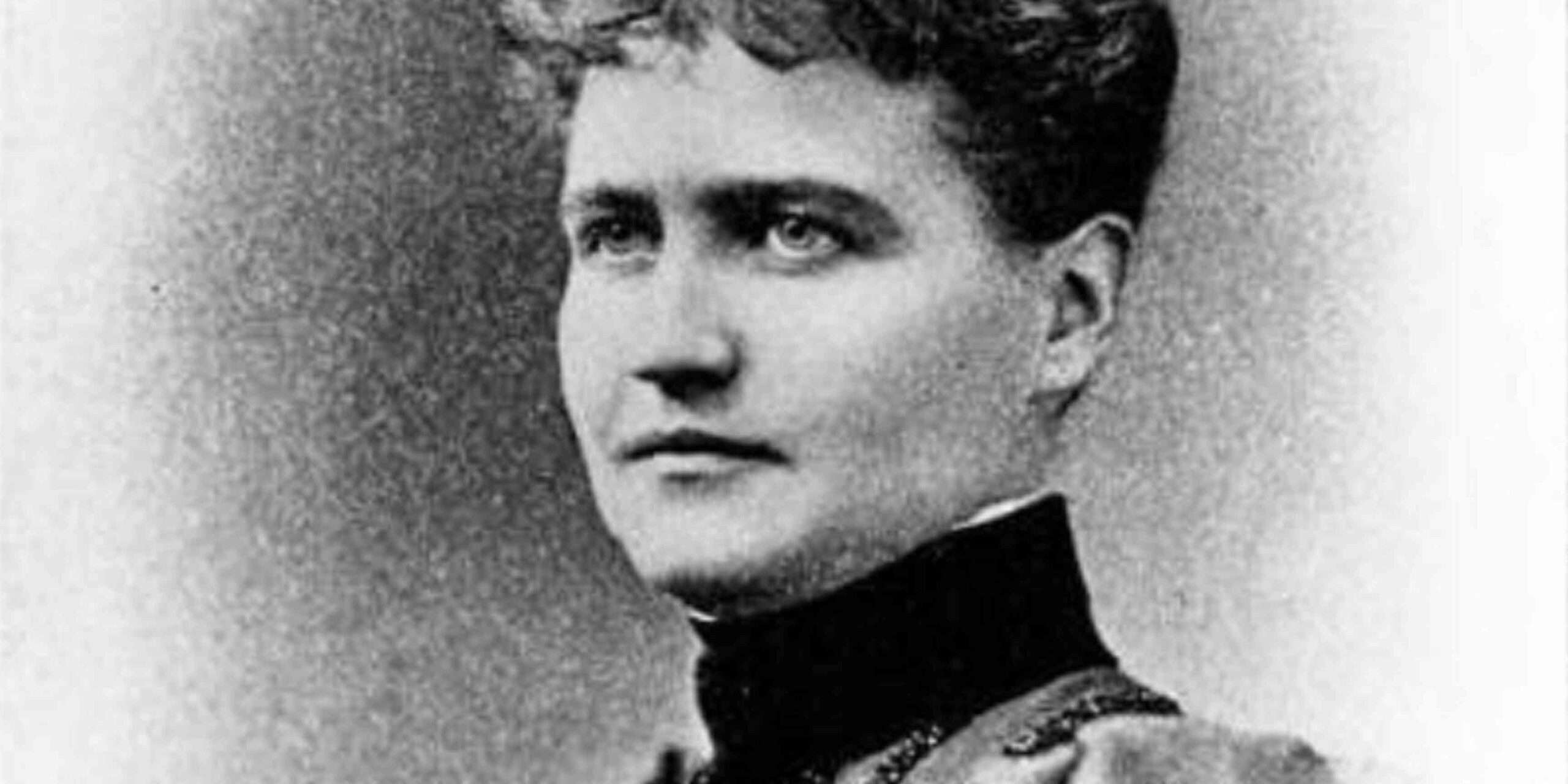
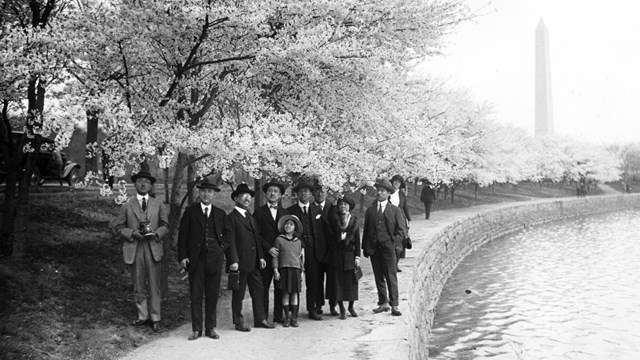
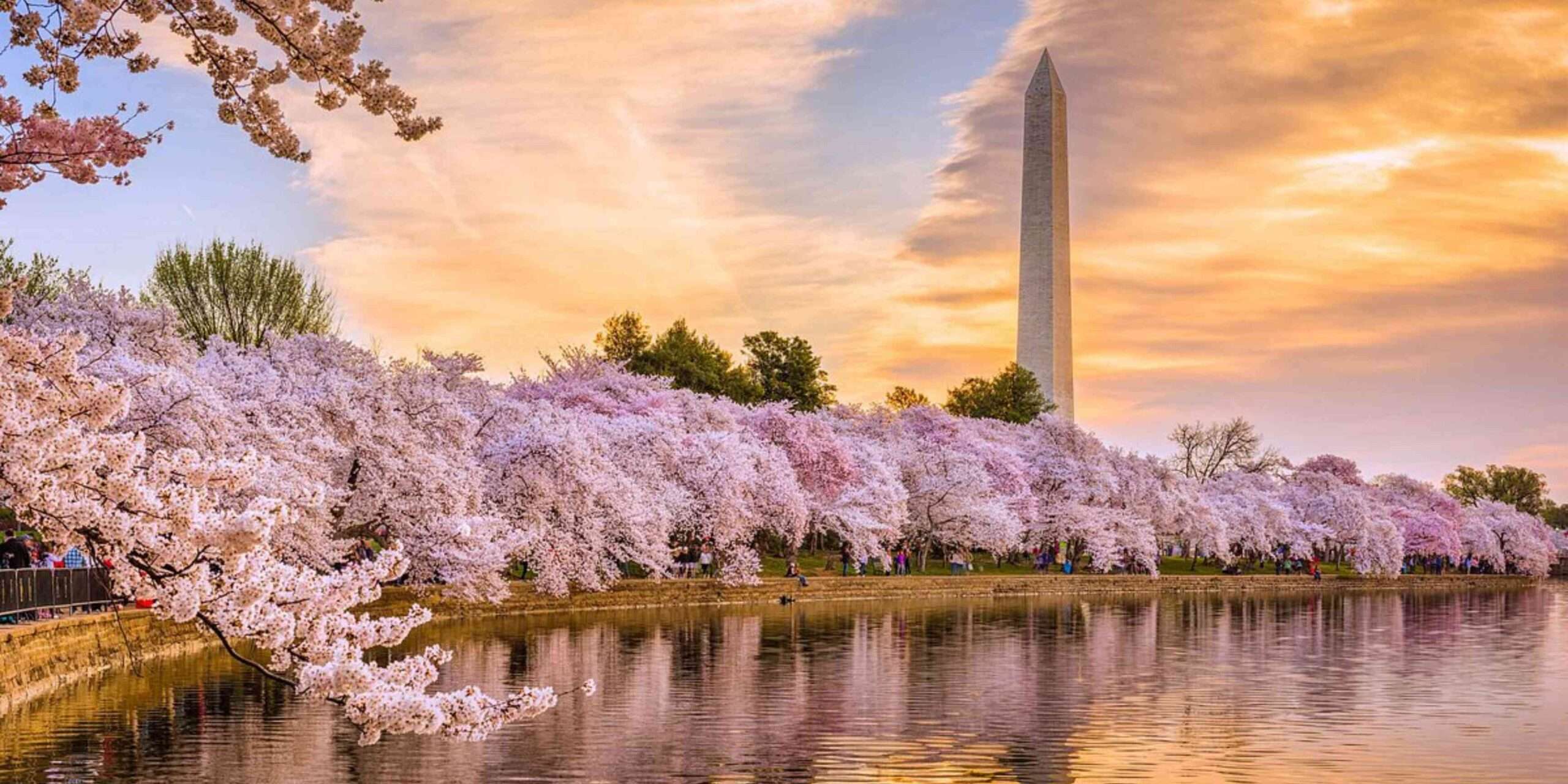
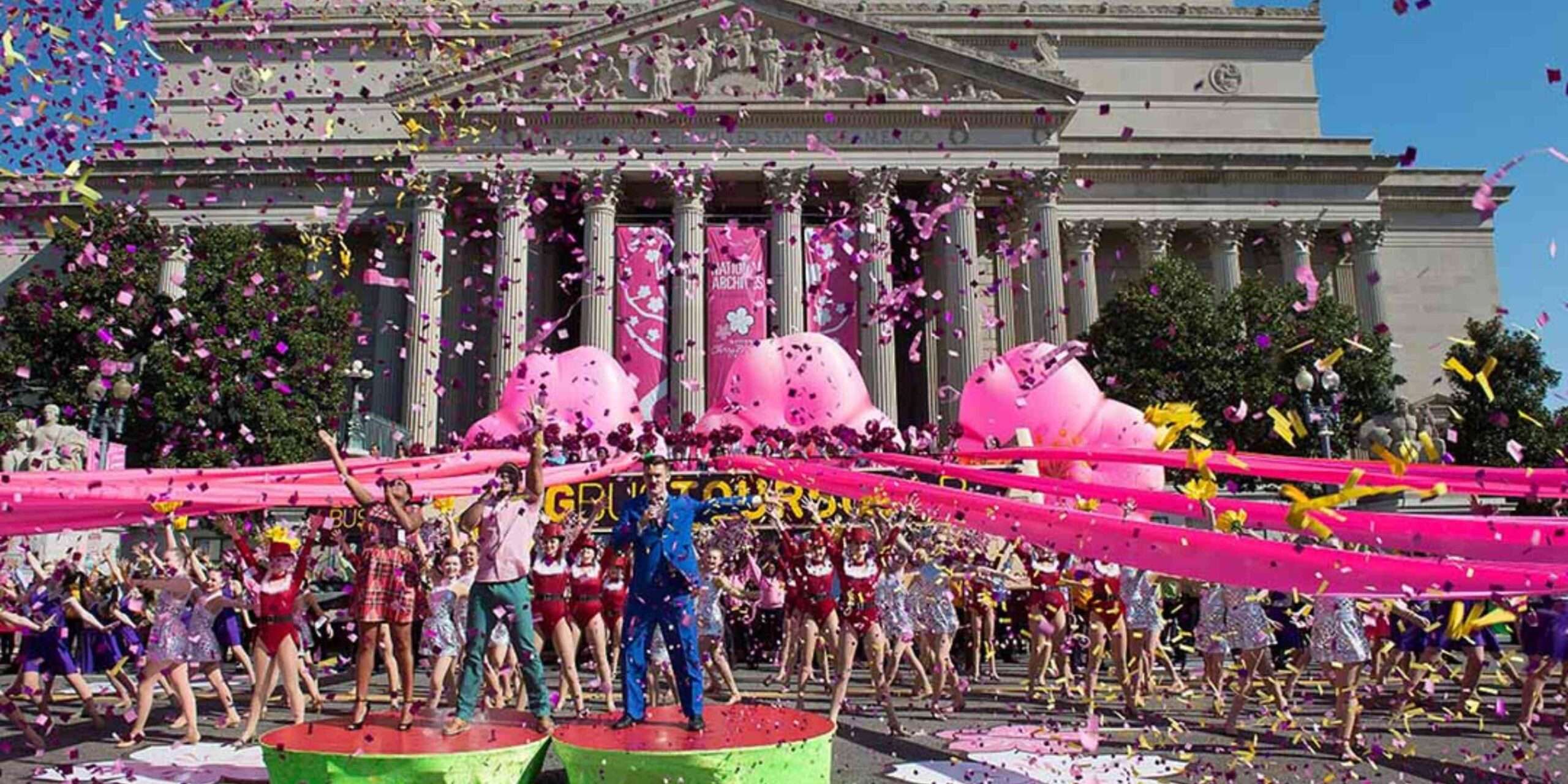
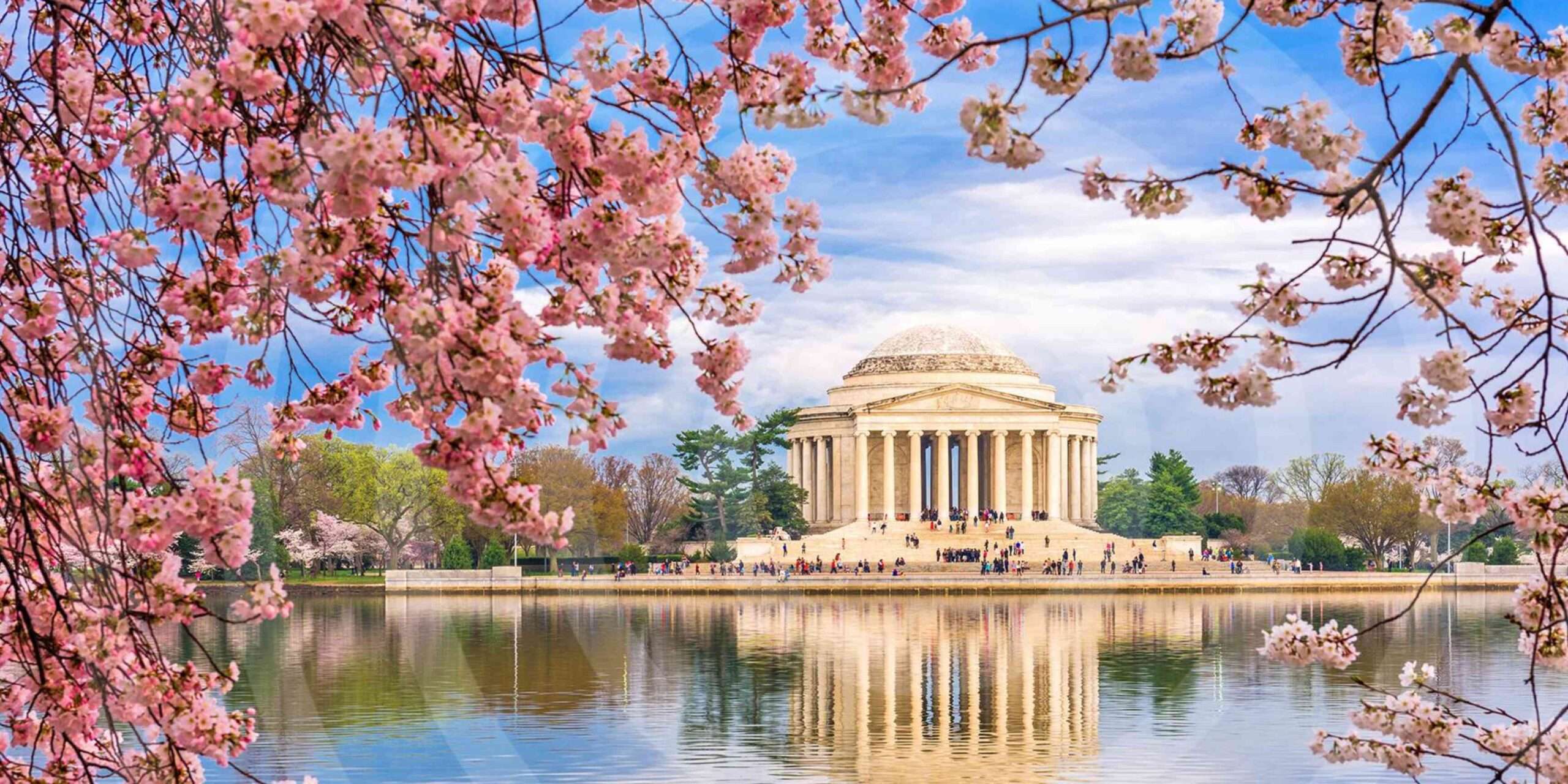
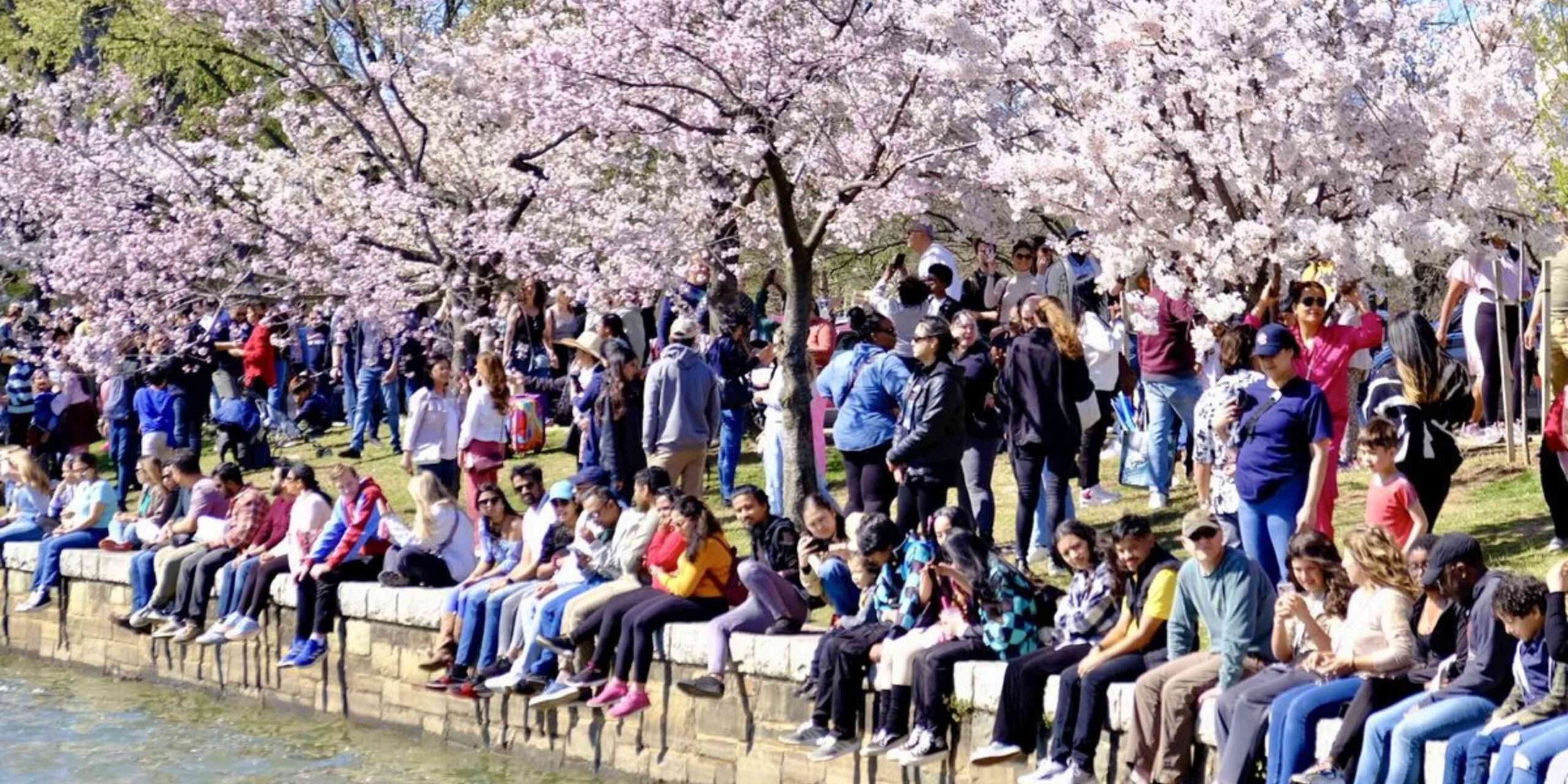
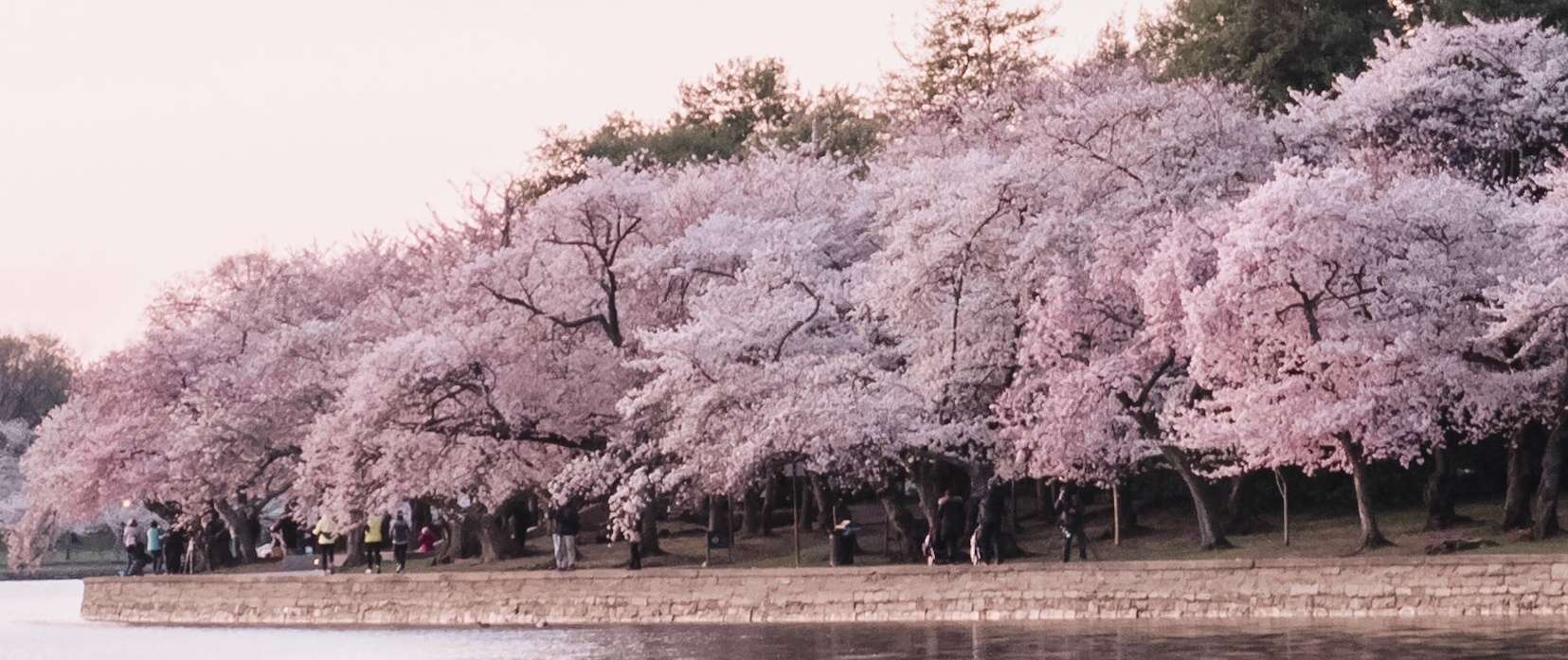
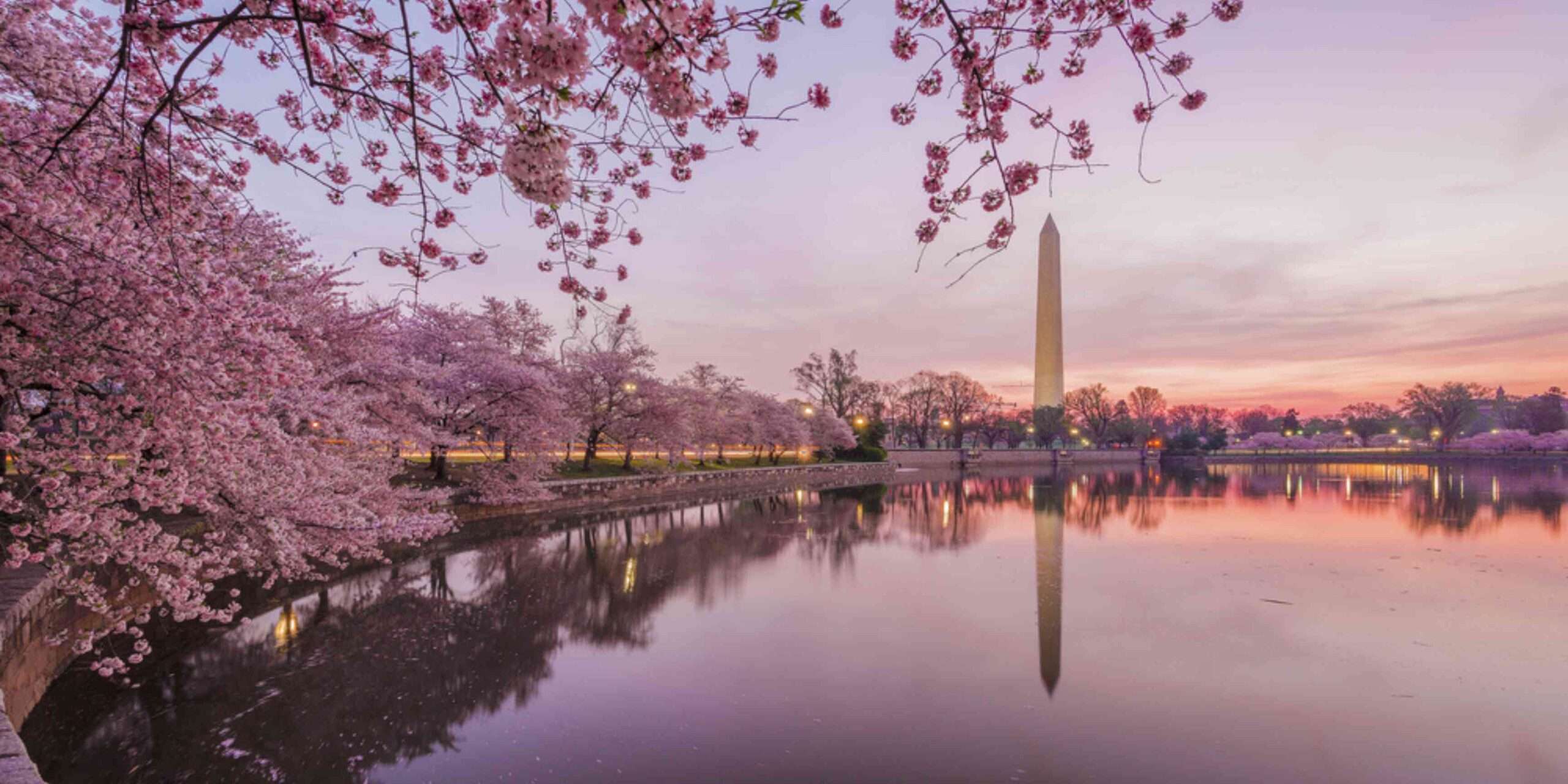




2 comments
cerebrozen
I sincerely appreciated the effort you’ve invested here. The sketch is tasteful, your authored material chic, however, you seem to have developed some uneasiness about what you aim to offer henceforth. Certainly, I shall revisit more regularly, just as I have been doing nearly all the time, should you uphold this climb.
zencortex reviews
Stumbling upon this website was such a delightful find. The layout is clean and inviting, making it a pleasure to explore the terrific content. I’m incredibly impressed by the level of effort and passion that clearly goes into maintaining such a valuable online space.